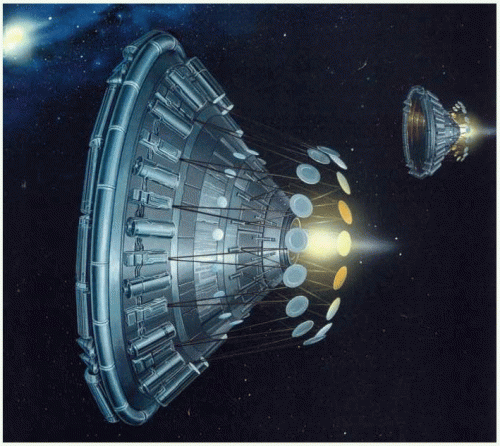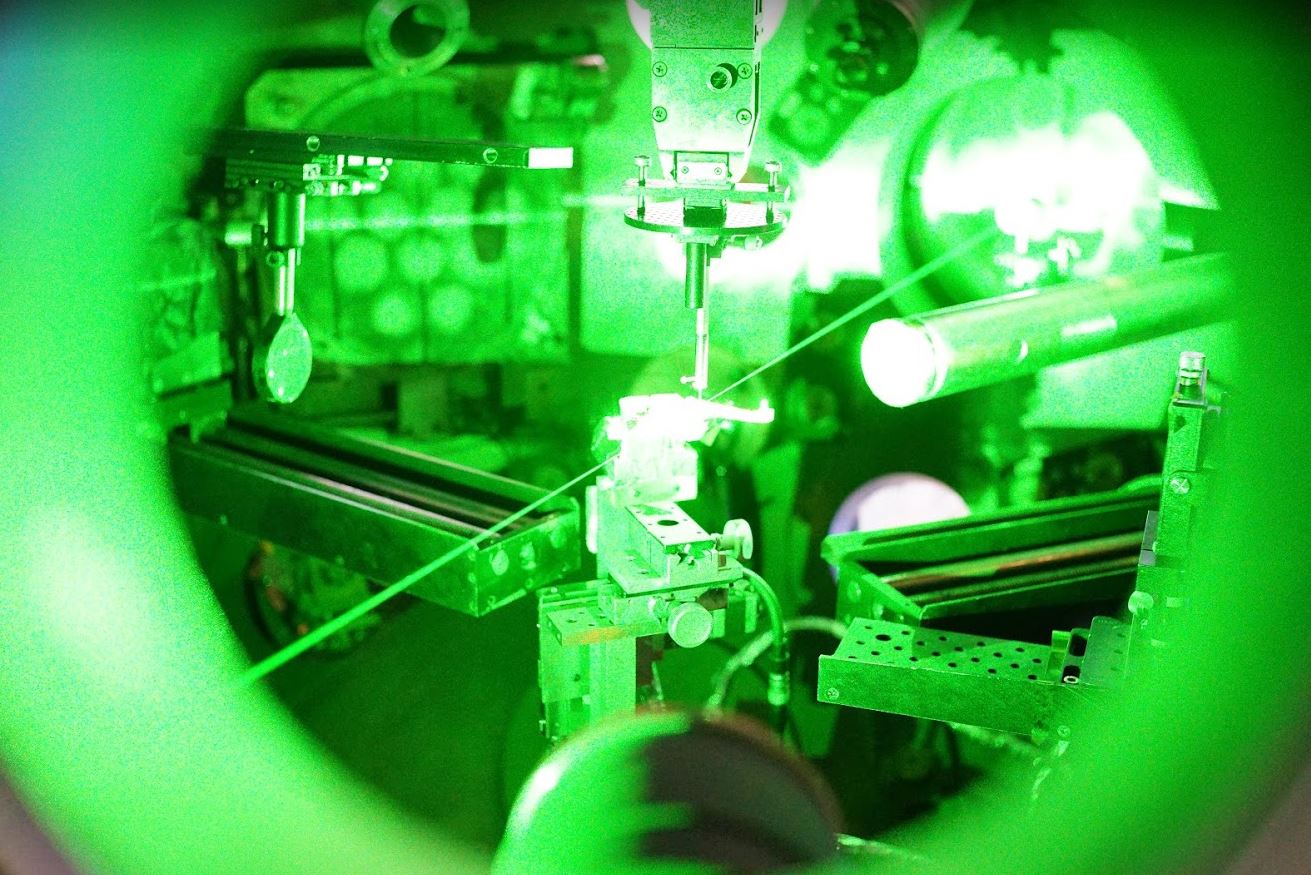Kyushu Univ. Department of Interdisciplinary Engineering Sciences Interdisciplinary Graduate School of Engineering Sciences
Kyushu Univ. Faculty of Engineering Development of Energy Sciences and Engineering
Advanced Space Propulsion Laboratory(Yamamoto Lab)
Advanced Space Propulsion Laboratory(Yamamoto Lab)

Research Themes
In Laser Fusion Rocket, plasma control technology using magnetic field, called magnetic thrust chamber was used. High density and high temperature plasma produced by inertial confinement fusion can be controlled by magnetic field and convert a large amount of energy to large thrust with high specific impulse through the magnetic thrust chamber.

©Yazawa Science Office
An Electric propulsion is one of the rocket engines, work by pushing ions and neutral atoms away from the spacecraft using electric power. The action of the heavy particles leaving the thruster causes a reaction that pushes the spacecraft in the opposite direction. Electric propulsions produce high energy transfer efficiency with good specific propellant consumption. Therefore, Electric propulsions have already been used extensively in space missions, such as Deep space 1, HAYABUSA, and among other missions.

In order to understand the internal physics of laser fusion rockets and electric propulsion, which are space rocket engines, measurement of the internal state is indispensable. Therefore, we are developing diagnostic technology to measure the internal plasma state. We measure the density of atoms using a laser, and the temperature, density, and velocity of ions and electrons in plasma. Furthermore, using this technology, we strive to understand the phenomena of fireballs, which are atmospheric-pressure plasmas, examine the possibility of decomposing PM2.5 using fireballs, use them as oxygen plasma sources, and also prevent artificial satellites from withstanding electricity. We are also researching field emission type electron sources.

We are working on basic plasma research using high-intensity lasers. When a laser with a high energy output of kilojoules is focused and irradiated on a solid, a very high-speed plasma flow is generated. By interacting with this plasma, it is possible to create conditions in the laboratory that resemble high-energy phenomena such as shock waves in supernova remnants, magnetic field recombination in solar flares, and the bow shock wave on Earth. In this way, we are researching ways to deepen our understanding of high-energy plasma phenomena in the universe by reproducing plasma phenomena that are difficult to understand only by astronomical observations and satellite observations in the laboratory and measuring them in detail.

